Before choosing an ERP software, you must first define your company’s specific needs. This requires identifying the pain points in your current processes.
It combines multiple operations such as accounting, inventory, and human resources in a single central system. However, the strategy applied plays an important role in implementing ERP to satisfy the needs of your organization. Today, ERP systems are of paramount importance since they provide a holistic view of business operations, thereby helping make better decisions, increase competitiveness, and ensure greater customer satisfaction and profitability. In short words, ERP certainly is a lifeline for a business which is well established and investing in an ERP will always bring lifelong success.
Why Should You Create An Erp Strategy For Your Business?
Building business ERP strategy is the way by which businesses rationalize processes, increase efficiency, and provide better quality of decision-making. An ERP system brings together all the main functional areas into account, such as accounting, procurement, and inventory management, hence providing a comprehensive view of operations. It helps businesses align technology to their goals, choose an appropriate ERP solution, and implement it in such a smooth manner for optimizing operations and competitive advantage.
What Is The Importance Of Erp Strategy?
ERP is a system of great importance nowadays in this fast-paced business world. ERP can provide you with an exhaustive view of your operations, allowing you to streamline, make better decisions, and stay competitive; with real-time data and improved efficiency, ERP systems really make a lot of difference for your business. ERP also lets businesses respond to changes in their market, which is an important tool for sustaining a business over the long run. They lose business advantage if they don't have an ERP system in place. To cut the story short, developing and implementing an ERP strategy is the only key to success for staying competitive, improving customer satisfaction, and long term success of business.
Creating an ERP System Strategy
For building an ERP strategy, it's essential to understand your business needs. An ERP strategy helps you streamline processes and improve efficiency. Here’s a simple guide to creating an effective ERP strategy:
Understanding the Business Needs
Before choosing an ERP system, you must first define your company’s specific needs. This requires identifying the pain points in your current processes. Here’s how to approach it:
Conduct a gap analysis to identify inefficiency.
Engage with stakeholders from different department
Company’s long-term objectives to ensure the ERP system supports future growth.
Key Questions to Ask:
What processes are currently manual and could be automated?
What are the scalability requirements?
How can ERP improve the customer experience?
Set Clear Objectives and KPIs
Once you have pointed out the business needs, it is therefore important to define clear objectives and KPIs of what should be accomplished by the ERP system. In this way, your ERP strategy will point out to all parties involved what the system is supposed to do.
Objectives:
Reduce time spent on manual data entry.
Lower operational costs by consolidating systems.
Enhance decision-making with real-time data analytics.
Establish measurable KPIs
carrying costs, to track progress post-implementation.
Choose the Right ERP Software
Choosing the right ERP system is a difficult step that requires careful consideration of your company’s specific needs. Some businesses opt for off-the-shelf ERP solutions, while others require customized software.
Can the software grow with your business?
Does the system allow for custom configurations to suit your unique processes?
Factors to Consider:
Cloud-based ERP systems offer flexibility and remote access
On-premise ERP offers more control and security.
Choose a vendor that offers long-term support, regular updates, and comprehensive training.
Build a Cross-Functional Team
An ERP project cannot be successful without the right team in place. Building a cross-functional team consisting of members from IT, finance, operations, HR, and other departments ensures that the system addresses the needs of the entire organization.
Roles:
Project Manager: To oversee the project and manage timelines.
ERP Consultant: To offer expert advice on system implementation.
Change Management Lead: To ensure smooth adoption across departments.
IT Specialists: To handle technical aspects like integration and customization.
Implementing an ERP system is a significant undertaking that requires proper planning. Breaking the implementation into phases can mitigate risks and ensure that the system is adopted effectively.
Implementation Phases:
Planning: Define the scope, set a timeline, and allocate resources.
Design: Configure the ERP system according to business processes.
Testing: Test the system in real-world scenarios to identify any issues.
Training: Train end-users on how to use the new system effectively.
Go-Live: Launch the system and monitor for any potential problems.
By rolling out the system in stages, starting with high-priority departments, you can quickly address any concerns before full-scale deployment.
Invest in Training and Change Management
User adoption is a key factor in the success of an ERP system. Without proper training and change management, employees might resist the system or use it inefficiently. It’s crucial to invest in comprehensive training sessions for all users, ensuring they feel comfortable with the new system.
Change Management Best Practices:
Communication: Keep the workforce informed about changes and the benefits of the new system.
Incentivize: Encourage adoption by rewarding users for successful utilization.
Provide Support: Ensure help desks and support staff are available to resolve any technical or operational challenges.
Monitor, Evaluate, and Optimize
Once the ERP system is live, the journey doesn’t end there. Continuous monitoring is essential to evaluate whether the system is delivering on the established KPIs. Use data-driven insights to make necessary adjustments, optimize workflows, and ensure that the system evolves with the business.
Evaluation Criteria:
Are the set KPIs being met?
Is there room for further automation or optimization?
Are end-users satisfied with the system’s performance?
Regular updates, performance reviews, and feedback sessions help in fine-tuning the system over time, making it more valuable to your organization.
Benefits of an ERP Strategy:
Automates tasks, reduces errors, and streamlines operations.
Provides real-time data for quick, informed decisions.
Offers a clear view of business performance to identify improvements.
Faster response times and accurate orders improve customer experience.
Better control of inventory and supplier relationships, reducing costs.
Improves communication and teamwork across departments.
Grow with your business to handle more complex processes.
Helps meet industry regulations and standards.
Conclusion
Prismatic helps you in ERP system strategy development and implementation. Prismatic is a top ERP solutions provider, our affordable solutions cover a wide range of business functions, including financial management, sales, accounting, and customer relationship management.
Ready to optimize your business? Reach out to us today!
FAQs
What is an ERP system?
An ERP system integrates business functions like accounting and inventory into one platform.
Why create an ERP strategy?
It streamlines processes, boosts efficiency, and enhances decision-making.
Why is an ERP strategy important?
It helps businesses stay competitive with real-time data and improved efficiency.
How to create an ERP strategy?
Understand business needs
Set clear objectives and KPIs
Choose suitable ERP software
Build a cross-functional team
Plan phased implementation
Invest in training
What are the benefits of an ERP strategy?
Automates tasks
Provides real-time data
Enhances visibility
Improves customer experience
Better inventory management
Boosts inter-department communication
Grows with the business
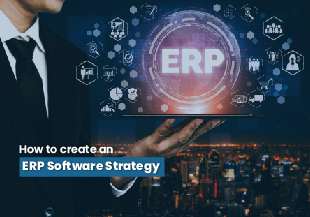

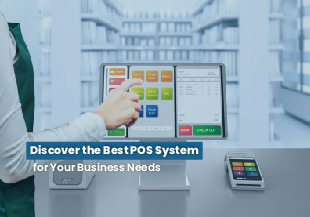
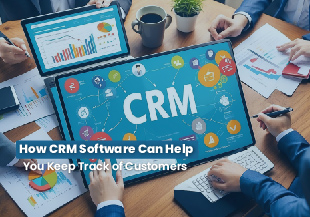
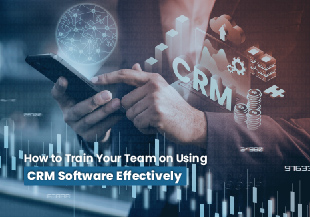
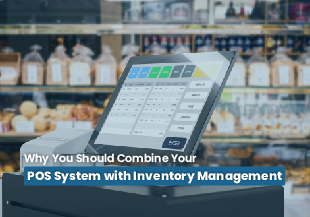
 Chat with Prismatic Bot
Chat with Prismatic Bot